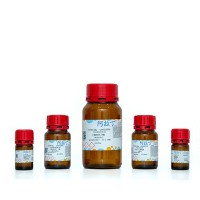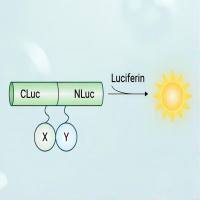Cancer research is one of the most promising application areas for the new technology of MALDI tissue imaging. Cancerous tissue can easily be distinguished from healthy tissue by dramatically changed metabolism, growth, and apoptotic processes. Of even higher interest is the fact that MALDI imaging allows to unveil molecular differentiation undetectable by classical histological techniques. Thus, MALDI imaging has tremendous potential as a tool to characterize the therapeutic susceptibility of tumors in biopsies as well as to predict tumor progression in endpoint studies. However, some aspects are important to consider for a successful MALDI imaging-based cancer research. Cancer sections are usually very heterogeneous – different biochemical pathways can be active in individual tumor clones, at different development stages or in various tumor microenvironments. Understanding tissue at this level is only possible for experienced histopathologists working on high-resolution optical images. Therefore, the largest benefit from the use of MALDI imaging results in histopathology will arise if molecular images are related to classical high-resolution histological images in a simple way without the need to interpret mass spectra directly. Each MALDI imaging data set effectively provides information on hundreds of molecules and permits the generation of molecular images displaying the relative abundance of these molecules across the tissue. The interpretation of these in the histological context is a major challenge in terms of expert analysis time. This is true especially for clinical work with hundreds of tissue specimens to be analyzed by MALDI, interpreted, and compared. Therefore, a MALDI imaging workflow is described here that enables fast and unambiguous interpretation of the MALDI imaging data in the histological context. Preprocessing of the image data using statistical tools allows efficient and straightforward interpretation by the histopathologist. In this chapter, we explain the use of principal component analysis (PCA) and hierarchical clustering (HC) for the efficient interpretation of MALDI imaging data. We also outline how these methods can be used to compare specific disease states between patients in the search for biomarkers.






